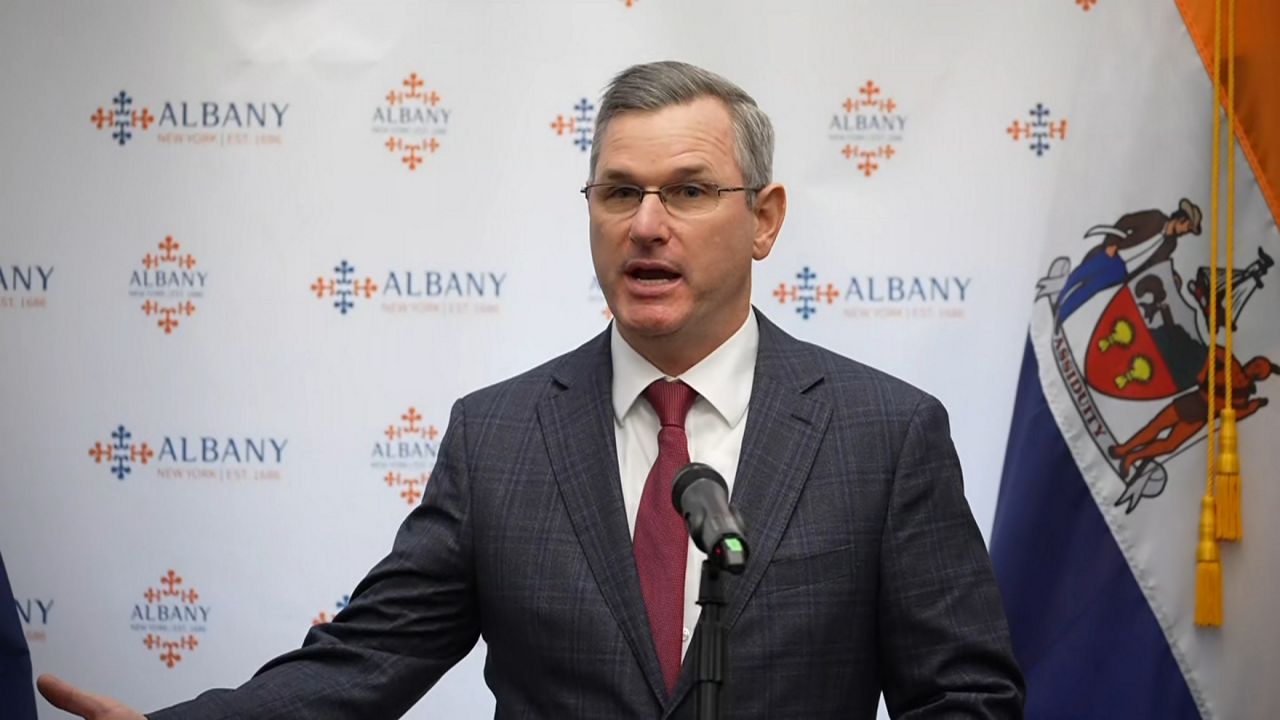Former Albany Police Chief Brendan Cox will return to the department as interim chief on Dec. 2.
Cox was named the interim chief of the department by Albany Mayor Kathy Sheehan Monday morning.
Cox, who spent more than two decades in the department, became acting chief in early 2015 after the resignation of former Chief Steven Krokoff, and was given the role on a permanent basis in July. He then announced in December 2016 that he was stepping down to pursue other career opportunities.
Cox will replace Eric Hawkins, who has been chief since 2018, but announced his departure in September to become the next police commissioner in Warren, Mich. Hawkins will officially depart the APD in December.
"This is my home, so I'm looking forward to coming back and serving the citizens of the city," Cox said when he was introduced Monday morning. "I know [the officers'] dedication; I know the fact that they're the best at what they do. I look forward to serving them."
Sheehan said Cox will serve as chief for December and through 2025, and noted it will be up to Albany's next mayor to determine the next steps.
“I could think of no one in a better position to continue the outstanding work of the Albany Police Department and to continue moving this department forward,” Sheehan said.
After working in Albany, Cox accepted an opportunity with the Law Enforcement Assisted Diversion Support Bureau. He will serve through 2025, and it will be up to the city’s next mayor to decide what happens after that.
“I look forward to his work and his leadership in ensuring that as the next mayor comes on board, that they are going to have a tremendous command staff from which to potentially select the permanent chief for this department,” Sheehan said.
When it comes to officer recruitment, strengthening community relationships and tackling violent crime, Cox said he was eager to start making new connections with city residents.
“I think one of the strong points – and I know Chief Hawkins – this has been a strong point of his, is engaging with the community and understanding what people are seeing, recognizing trauma and harm and making sure that we’re ultimately helping to solve that,” Cox said.



